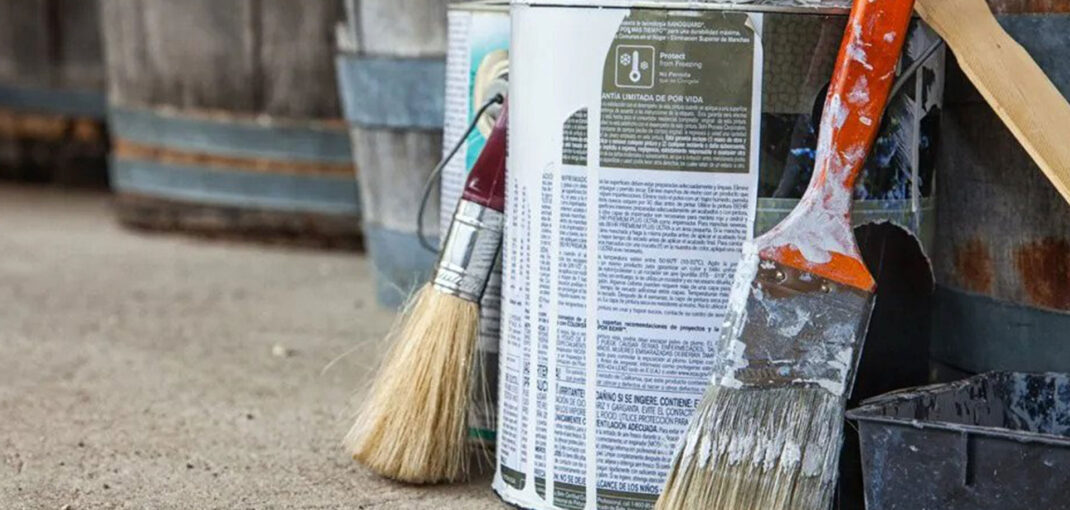There are many home projects that require additional tools. It is commonly thought that you need to have a stud finder in order to find a stud in your drywall. But not all homeowners own a stud finder, and probably don’t need one often enough to justify the purchase. Here are some tips for locating a stud the old-fashioned way. Before you go searching for studs without a stud finder, you should know some basic information about wall construction. Although every house is unique, there are some common similarities among most walls in homes.
Most homes are built with 2×4 or 2×6 studs and studs can be found typically on the sides of windows or doors. Additionally, most outlets and light switches have a stud location on the right or left side. Lastly, any trim in the home (baseboards, crown molding, etc.) is usually nailed to a stud. Now that you have that base knowledge, let’s show you some tips on how to find a stud without a stud finder.
How to Find a Stud without a Stud Finder: Magnets
This method may seem a bit unorthodox but it works! You can use tape or even dental floss to drag a refrigerator magnet across the wall to find the stud. Wait until the magnet sticks to the wall and then….you have found your stud! Side note: The stronger the magnet, the better!
Measure from the Corner
Since studs are generally 16″ on center, you can do calculations by measuring a corner of the room. Keep in mind that all rooms aren’t built in numbers divisible by 16″ so there is a great chance you’ll find a stud that is less than 16″ from one corner. You can attempt the “knock test” near the corner to see if you can determine where the shorter stud-spacing might have been added. This is most effective if you’re measuring a corner of the exterior of the house, which is why it is the least effective way to find a stud without a stud finder.
Look at the Trim
The baseboards in your home are attached to the studs. Check your baseboards to see if you can spot where it might have been nailed. These holes (commonly known as dimples) are usually painted over and filled with caulk. Despite this, you may be able to see one to locate a stud. If you find one, measure in 16″ increments to locate the additional studs.
Use the Switch
As previously mentioned, at least one side of an outlet and light switch will be mounted on a stud. Tap the sides of the outlet to locate which side has the stud support. Measure about 3/4″ away from the outlet on the stud side and use that as a starting point to determine the 16″ intervals.






